Nortek Reznor FSE Series Guide
Other Nortek Heater manuals
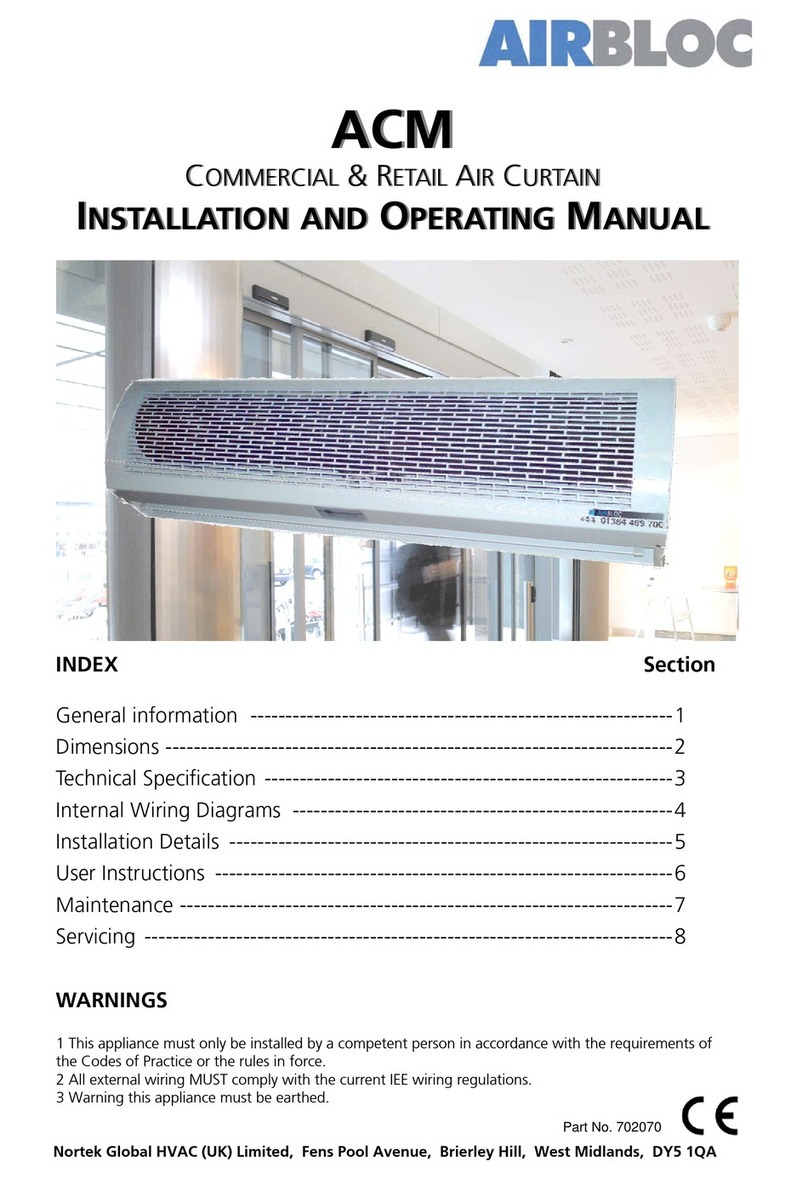
Nortek
Nortek AIRBLOC ACM900SE6 User manual
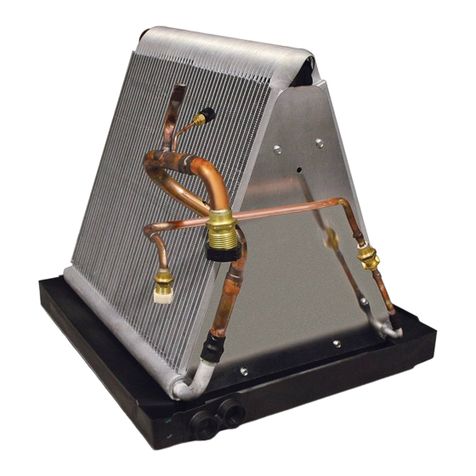
Nortek
Nortek C84QA Series User manual

Nortek
Nortek Reznor UDSA-4 User manual
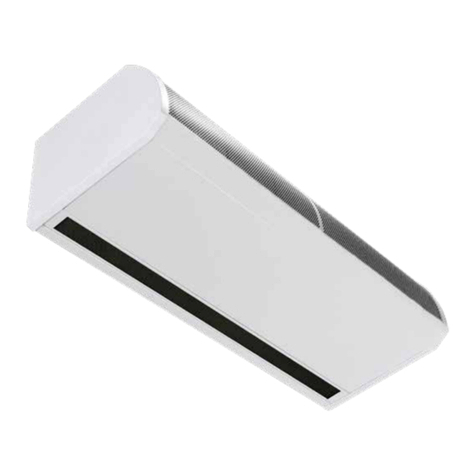
Nortek
Nortek RENZOR GUARDIAN GB User manual
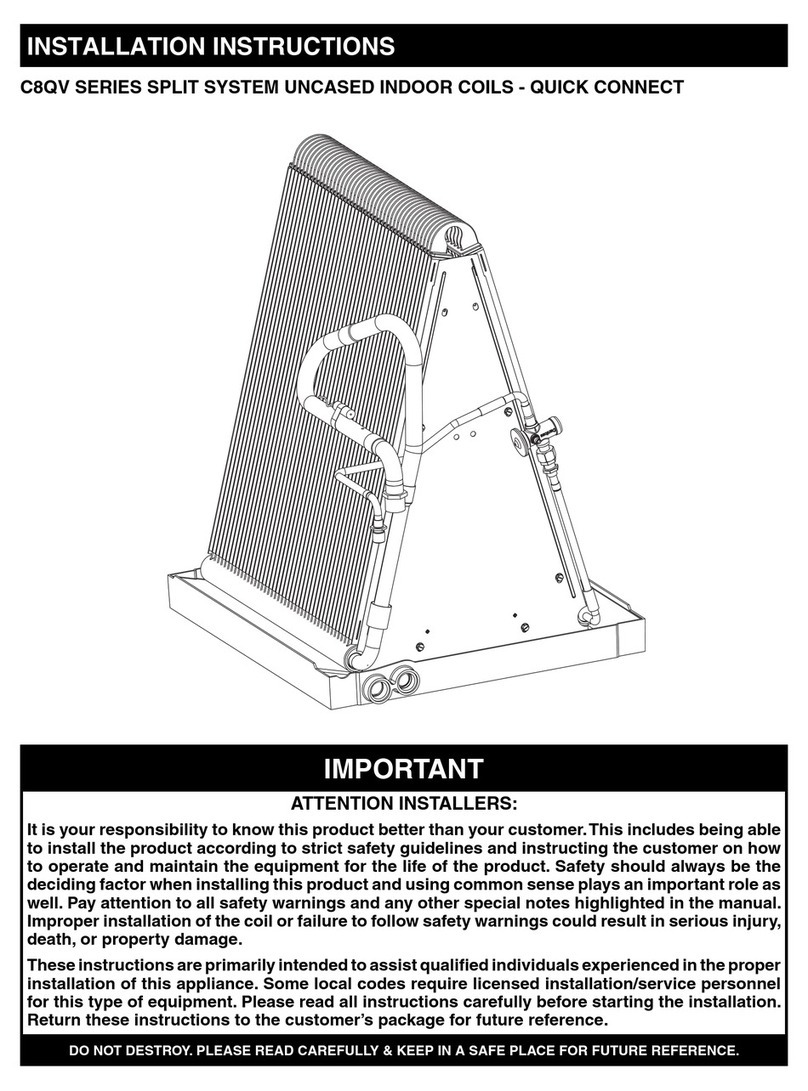
Nortek
Nortek C8QV Series User manual
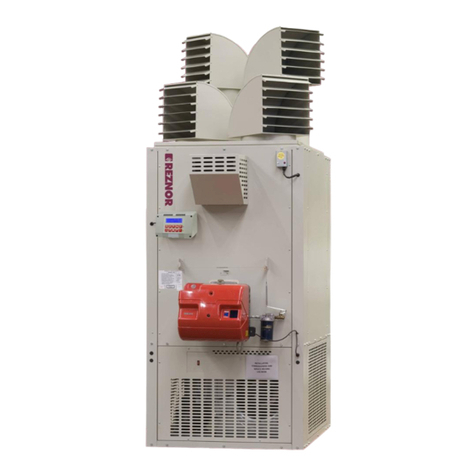
Nortek
Nortek Reznor 30 User guide
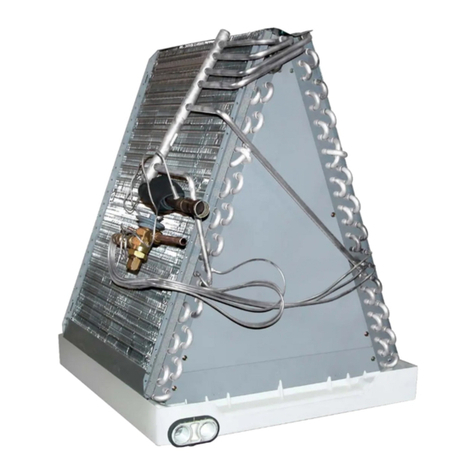
Nortek
Nortek C84DA Series User manual
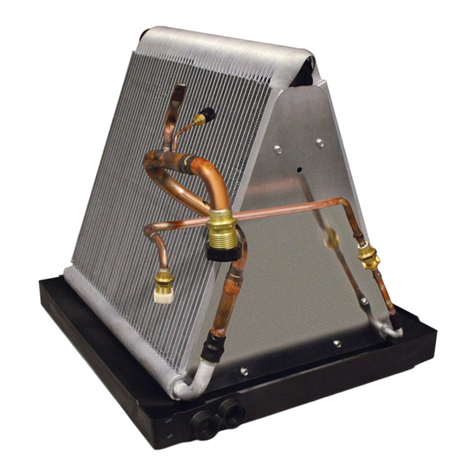
Nortek
Nortek C8QA Series User manual
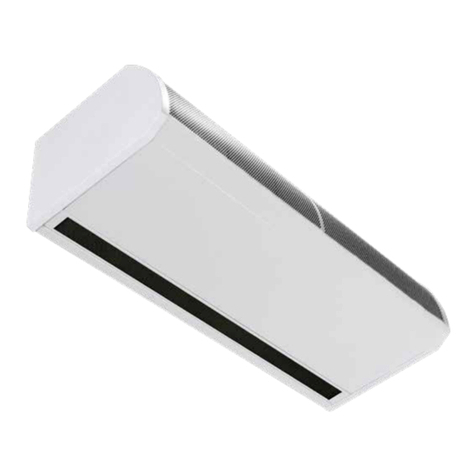
Nortek
Nortek Reznor GUARDIAN GB User manual

Nortek
Nortek Reznor RHC21 8000 User guide
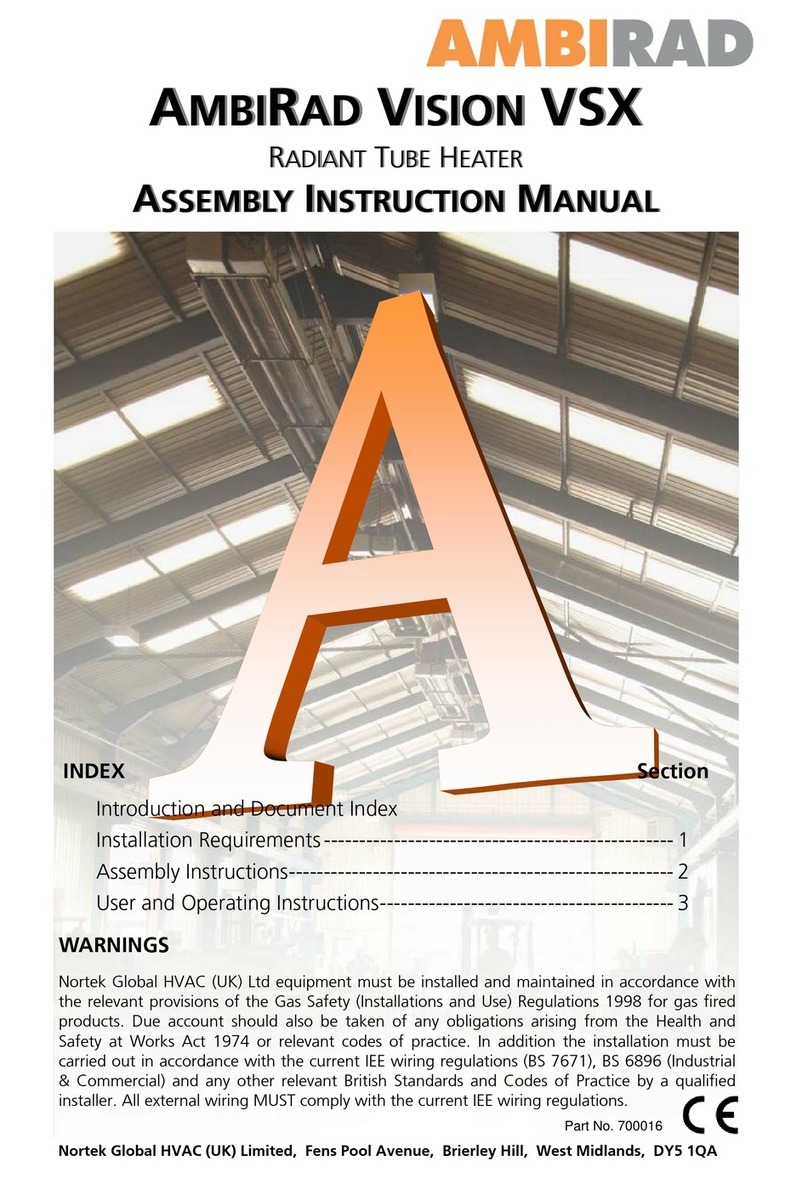
Nortek
Nortek Ambirad Vision VSX Installation guide

Nortek
Nortek C6B-T User manual
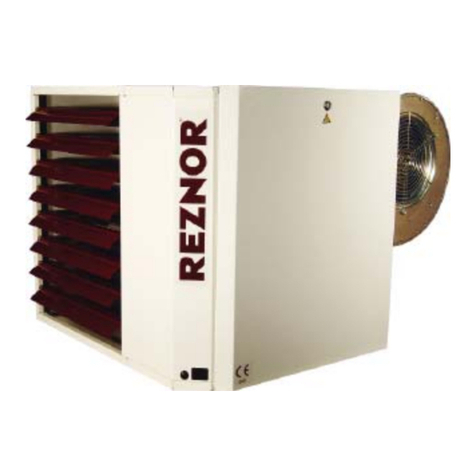
Nortek
Nortek REZNOR UDSBD 015-3 Guide
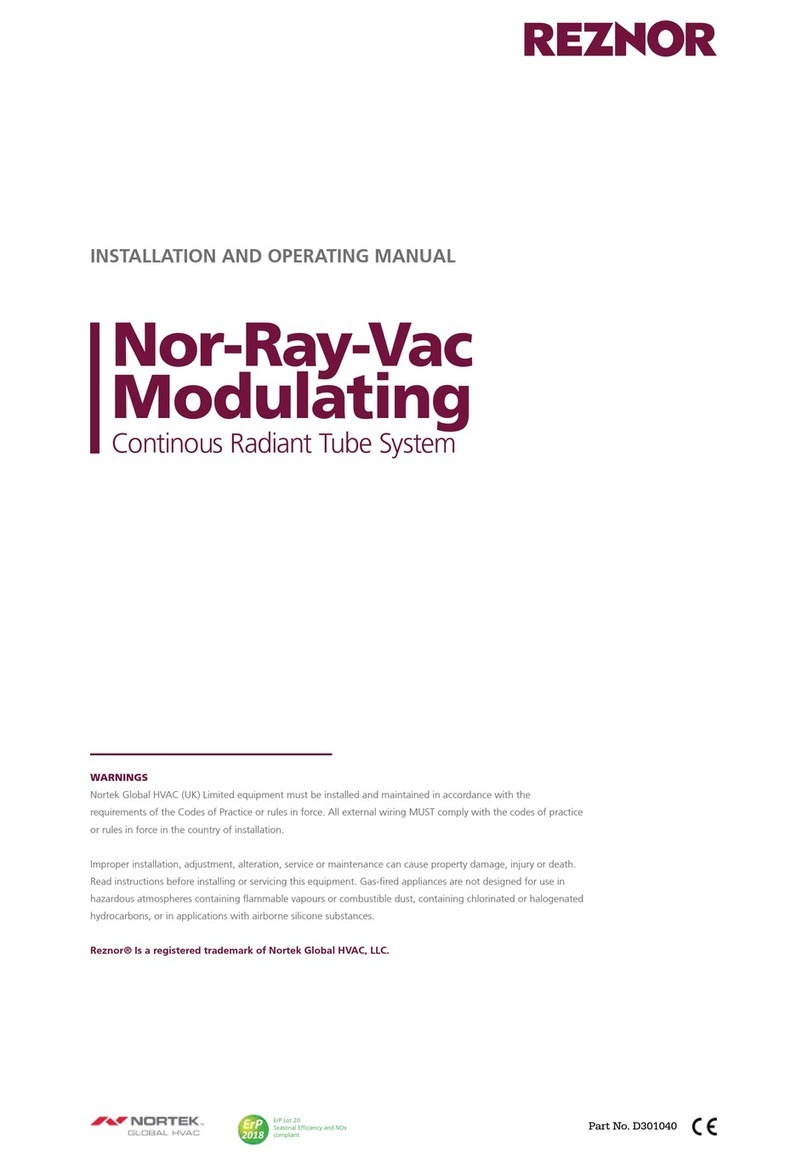
Nortek
Nortek NRV24M User manual
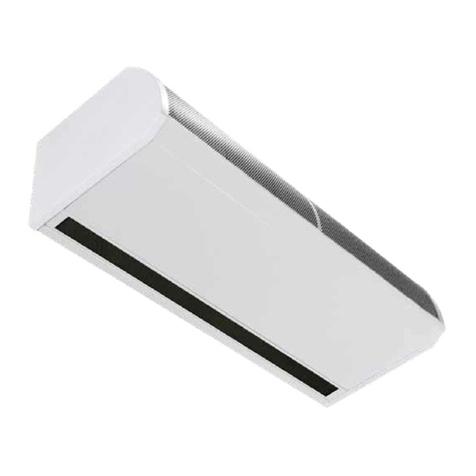
Nortek
Nortek REZNOR GUARDIAN GB Series User manual
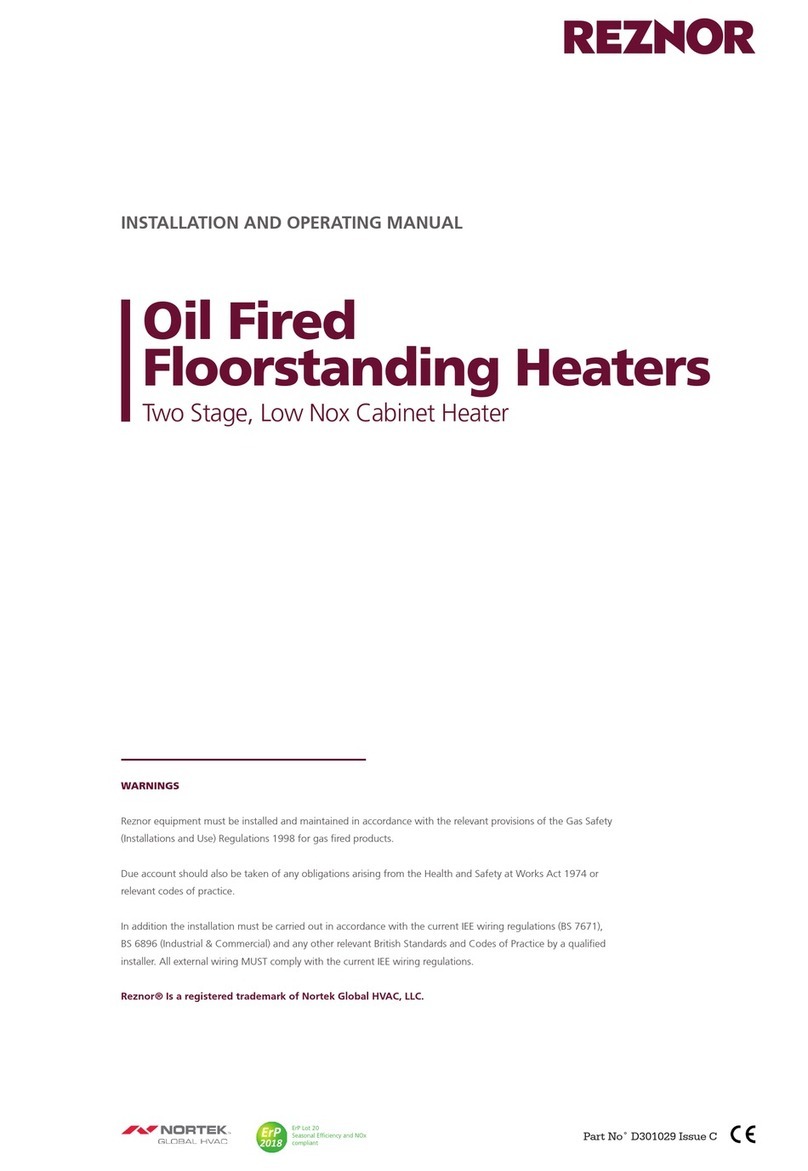
Nortek
Nortek Reznor 85 User manual

Nortek
Nortek Reznor RHC DJL 8000 Guide
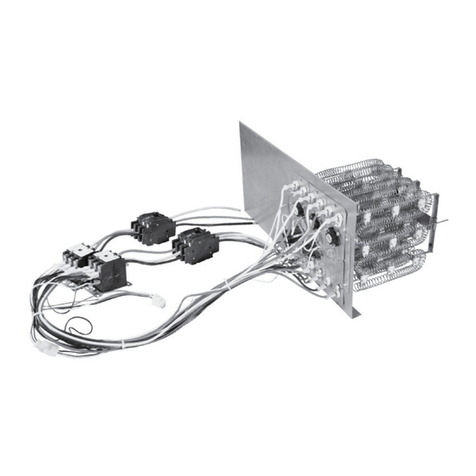
Nortek
Nortek H9HK Series User manual
Popular Heater manuals by other brands

Porter-Cable
Porter-Cable PCXH80KT Operating instructions and owner's manual

Dyna-Glo
Dyna-Glo RA18LPDG user manual

Dimplex
Dimplex PLX050E instruction manual

EOS
EOS Herkules XL S120 installation instructions

Trebs
Trebs Comfortheat 99209 manual

Biddle
Biddle STYLE2 Series Installation operation & maintenance

Vermont Castings
Vermont Castings Non-Catalytic Convection Heater 2477CE Installation and operating manual

Fagor
Fagor RA-1505 Instructions for use

THERMAL FLOW
THERMAL FLOW Delta 175 Operating instructions manual

GET
GET G2CH instructions

ApenGroup
ApenGroup PK Series User, installation, and maintenance manual

oventrop
oventrop Regucor Series quick start guide

Blaze King
Blaze King CLARITY CL2118.IPI.1 Operation & installation manual

ELMEKO
ELMEKO ML 150 Installation and operating manual

BN Thermic
BN Thermic 830T instructions

KING
KING K Series Installation, operation & maintenance instructions

Empire Comfort Systems
Empire Comfort Systems RH-50-5 Installation instructions and owner's manual

Well Straler
Well Straler RC-16B user guide









